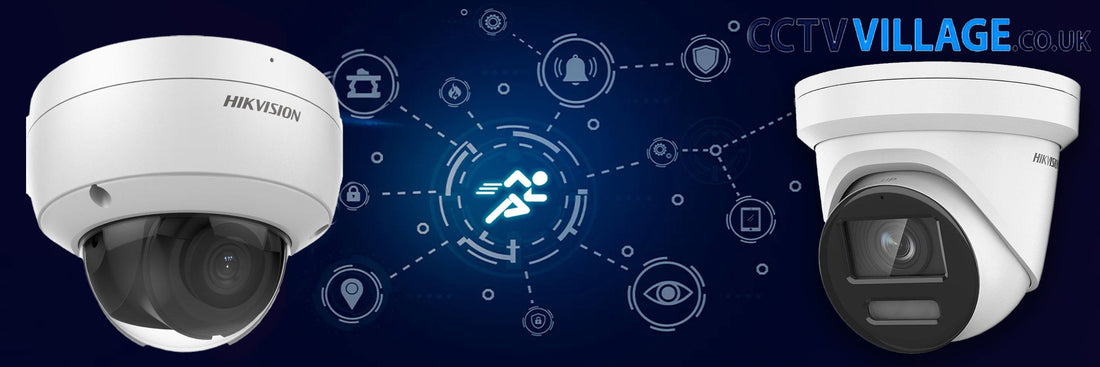Introduction
Motion detection technology has revolutionized the effectiveness of Closed-Circuit Television (CCTV) systems, enabling them to respond proactively to potential security threats. However, alongside its benefits, motion detection also presents several challenges and considerations that need to be addressed for optimal performance and reliability in CCTV systems.

Environmental Factors
One of the primary challenges in motion detection for CCTV systems is environmental factors. Changes in lighting conditions, such as fluctuations in natural light or artificial lighting, can trigger false alarms or impact the accuracy of motion detection algorithms. Additionally, environmental elements like moving foliage, rain, snow, or reflections can lead to erroneous motion detection alerts. Addressing these challenges requires careful calibration and configuration of CCTV systems to filter out irrelevant motion triggers while accurately detecting genuine security threats.
Sensitivity and Threshold Adjustment
Fine-tuning sensitivity and threshold settings of motion detection algorithms is crucial for minimizing false alarms and ensuring reliable performance. Setting the sensitivity too high may result in an excessive number of false positives, whereas setting it too low could lead to missed events or delayed responses to security breaches. Achieving the right balance requires thorough testing and optimization to adapt the motion detection parameters to the specific environment and surveillance objectives.
Privacy Concerns
Motion detection in CCTV systems raises significant privacy concerns, particularly in public spaces or areas where individuals have a reasonable expectation of privacy. Balancing the need for security with respect for privacy rights is essential to avoid intrusive surveillance practices. CCTV operators must comply with relevant privacy regulations and implement measures such as masking or anonymizing sensitive areas to protect individuals' privacy while maintaining effective security surveillance.
Integration with Other Security Systems
Effective security surveillance often requires integration with other security systems, such as access control systems, alarm systems, and video management software. However, integrating motion detection data with these systems presents challenges in terms of interoperability, data synchronization, and system compatibility. Seamless integration requires standardized protocols, robust APIs, and compatibility testing to ensure that motion detection information can be effectively utilized for coordinated security responses.
False Alarm Reduction
False alarms are a persistent challenge in motion detection for CCTV systems, often resulting from benign events such as moving shadows, small animals, or environmental changes. False alarms not only waste valuable resources but also undermine the credibility and effectiveness of the surveillance system. Implementing advanced motion detection algorithms, such as machine learning-based approaches, can help differentiate between genuine security threats and false triggers, thereby reducing false alarms and enhancing system reliability.
Maintenance and Calibration
Maintaining optimal performance in motion detection CCTV systems requires regular maintenance and calibration. Over time, environmental conditions may change, camera positioning may shift, or equipment may degrade, impacting the accuracy and reliability of motion detection. Periodic calibration, sensor adjustment, and equipment inspection are essential to ensure consistent performance and minimize the risk of false alarms or missed events.

Conclusion
Motion detection technology is a powerful tool for enhancing the effectiveness of CCTV systems in security surveillance applications. However, addressing the challenges and considerations associated with motion detection is crucial to maximizing its benefits while mitigating potential drawbacks. By carefully addressing environmental factors, fine-tuning sensitivity settings, addressing privacy concerns, integrating with other security systems, reducing false alarms, and maintaining system calibration, organizations can leverage motion detection technology to create robust and reliable security surveillance solutions.

